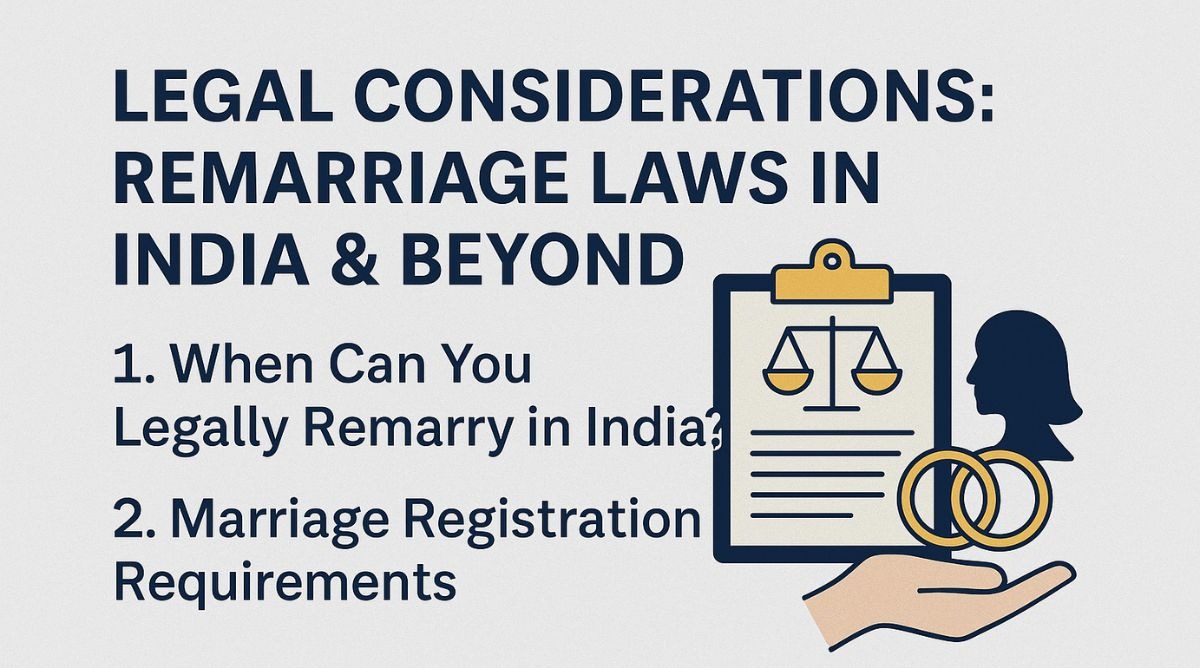S. Banerjee, J.@mdashA former member has sought winding up of the stock exchange company for its alleged inability to refund his security deposit.
2. The principal claim is for Rs. 10,50,000/-. According to the petitioner Rs. 3 lakh had been furnished by way of fixed deposit, Rs. 2.5 lakh had been deposited in the settlement guarantee fund and Rs. 5 lakh had been provided as interest free security amount. The petitioner has relied on the stock exchange''s written confirmation that the petitioner had ceased to be a member with effect from June 9, 2000. Upon cessation of membership, the petitioner claims, the entirety of the security deposit, in various forms, ought to have been returned and the failure on the part of the stock exchange to refund the deposit amounts to inability to pay.
3. The petitioner has also relied on a letter of August 28, 2001 issued by the stock exchange in response to the petitioner''s demand for refund of the deposit, to substantiate his claim that a sum of Rs. 2.5 lakh had been kept deposited towards the guarantee fund and the remaining amount was on account of base minimum capital. A further letter of the stock exchange of February 25, 2002 has been placed which reads as follows:
Dear Sirs,
Sub : Withdrawal of your security lying with the Exchange.
In respect of the above cited subject you are requested to confirm and ensure that you have paid the registration fees as per SEBI (brokers and sub-brokers) Rules and Regulations, 1992 read with R.S. Bhatt Committee report.
You may please note that we shall proceed with the matter further on receipt of the aforesaid document.
4. It is submitted on behalf of the petitioner that though a much larger demand had been made by the Securities and Exchange Board of India (SEBI) on account of turnover tax, the claim was later scaled down to Rs. 33,720/-. In the reply the petitioner has annexed on the written request by SEBI for such reduced amount and has relied on a Photostat copy of the cheque issued by the petitioner in favour of SEBI for such amount. It is not disputed by the stock exchange that the sum of Rs. 33,720/- has been paid by the petitioner to SEBI.
5. The petitioner had requested the stock exchange for permission to transfer the petitioner''s membership card. Upon the stock exchange obtaining SEBI''s approval for such transfer, the stock exchange permitted the petitioner to, in effect, sell his membership card. The transferee has put in the requisite deposit and the transferee has been functioning as a member of the stock exchange.
6. The petition is resisted on three counts. It is urged that in view of the arbitration agreement between a member and the stock exchange, disputes arising between the two ought to be resolved by arbitration. It also contended that the claim is barred by the laws of limitation as the petitioner had ceased to be a member with effect from June 9, 2000 but the statutory notice was dated December 31, 2004. Finally, it is submitted that out of the sum of Rs. 10.5 lakh, Rs. 7.5 lakh had been utilised by the stock exchange, in accordance with its byelaws, for meeting a crisis in March, 2001. It was sought to be argued in furtherance of the third ground that in terms of clause 11(d) of its byelaws, the stock exchange was permitted to utilise any money deposited by a member towards the guarantee fund for meeting the shortfall arising out of any default committed by any other member.
7. It has also been urged on behalf of the stock exchange that no discretion should be exercised in favour of the petitioner as the petitioner had continued or attempted to continue transactions as a member till March, 2001 though he surrendered his membership and ceased to be a member in June, 2000. Annexure ''B'' to the affidavit-in-opposition has been placed to substantiate such charge against the petitioner. The reply filed by the petitioner, virtually admitting such charge has been relied upon.
8. I do not find any merit in the first ground urged to resist the petition. Apart from the fact that it is now settled law that an arbitration agreement between the company and the petitioning-creditor would not rob the petitioner of his statutory right to seek winding up of the company, reference to arbitration pre-supposes a dispute. If a dispute exists, then the company Court would refuse to admit the winding up petition or refuse the order of winding up sought by the alleged creditor.
9. The point of limitation put forward by the company is, in my view, equally unmeritorious. Upon a person ceasing to be a member of the stock exchange, the contract between the member and the stock exchange would, in most respects, stand determined. The security deposit retained by the stock exchange would then be retained as a trustee and subject to such lien that the stock exchange may exercise thereon. I would think that the stock exchange would cease to have the right to apply the security deposit of a ceased member in the manner permitted by its byelaws. That apart, if the letter of February 25, 2002 is read in the context in which it was issued, there is clearly the debtor-creditor Jural relationship established therefrom.
10. Section 18 of the Limitation Act, 1963 does not require the acknowledgement to be a promise to pay or specify the quantum of indebtedness. All that is necessary is whether the document can be construed as an acknowledgement of the Jural relationship of debtor and creditor. Read against the backdrop of the repeated demands of the petitioner, the letter of February 25, 2002 has to be understood as a representation that only upon the petitioner satisfying that SEBI''s dues had been discharged, would the stock exchange consider the petitioner''s request for refund. The words "...your security lying with the exchange" in the caption preclude any other construction of the document. True, that such letter does not admit that the petitioner is entitled to any refund, but the petitioner''s entitlement to receive refund is kept alive. That, in my view, would suffice.
11. The petitioner has relied on the oft-cited Supreme Court decision reported at
12. On merits, I am not satisfied with the defence. Clause 11(d) of the byelaws, at the highest, allows the deposit in the guarantee fund made by a non-defaulting member to be temporarily utilised to meet a crisis. Clause 11(d) cannot be read to mean that a non-defaulting member would not be penalised for the default of another and that his deposit would stand forfeited for no fault of his. Further, in this case, clause 11(d) would have had no operation as by the time the stock exchange claims that it utilised the petitioner''s contribution in the guarantee fund, the petitioner had ceased to be a member. However, the conduct of the petitioner is relevant in this context. It has not been denied in the reply that the petitioner functioned or attempted to function as a member in March 2001. If this is the case then notwithstanding the stock exchange certifying that the petitioner had ceased to be a member in June 2000, the petitioner attempted to pass off as a member and in so doing bound himself to the byelaws.
13. While the stock exchange had admitted prior to the filing of the petition that the petitioner''s contribution in the guarantee fund was Rs. 2.5 lakh, in the affidavit the stock exchange has claimed that such contribution was Rs. 7.5 lakh and such amount had been utilised upon the March, 2001 crisis. The papers relied upon by the petitioner in the affidavit-in-reply do not clinch the matter in favour of the petitioner or his contention that only a sum of Rs. 2.5 lakh was required to be kept in the guarantee fund and the balance was required to be kept otherwise as security deposit.
14. Even if the stock exchange may have a poor defence on this score, it is not a defence that can be completely overlooked that would entitle the petitioner to summary Judgment on such score.
15. The stock exchange has admitted in its affidavit at paragraph 8 that a sum of Rs. 3 lakh is lying to the credit of the petitioner in form of fixed deposits with UBI, Calcutta Stock Exchange Branch. Since the turnover tax has been paid to SEBI, the stock exchange cannot seek to withhold such amount as the petitioner has now completely ceased to function at the stock exchange. Such sum of Rs. 3 lakh is liable to be refunded with the accrued interest thereon.
16. The petitioner is also entitled to refund of Rs. 7.5 lakh being the balance the security deposit furnished but there is an arguable point as to when such money should be returned. There is no doubt that this money, if it was part of the guarantee fund, cannot be altogether appropriated by the stock exchange, but it is a matter of argument and evidence as to when the stock exchange is liable to refund the contribution to the guarantee fund of a non-defaulting member utilised in terms of clause 11(d) of the byelaws.
17. For such principal amount of Rs. 7.5 lakh and interest thereon, if any, the petitioner is relegated to a suit. The petitioner will be restrained from instituting such suit for a period of five weeks from date.
18. The petition is admitted for the sum of Rs. 3 lakh together with interest at the rate of 10 per cent per annum from the respective dates of the making of the two amounts of Rs. 1 lakh and Rs. 2 lakh by way of fixed deposit with the bank. If the entire sum of Rs. 3 lakh together with interest at the bank rate and in terms of the fixed deposit is refunded or otherwise made over by the company to the petitioner within a period of four weeks from date, the petition shall remain permanently stayed.
19. In default of such payment, the petition will be advertised once in ''The Economic Times'' and once in ''The Telegraph''. Publication in the official gazette in such case shall be dispensed with. The advertisement should indicate that the matter will be returnable on the next available Court date four weeks after the date of publication.
Urgent Photostat certified copy be issued to the parties, if all formalities in that regard are complied with.
The petition was disposed of with direction.

